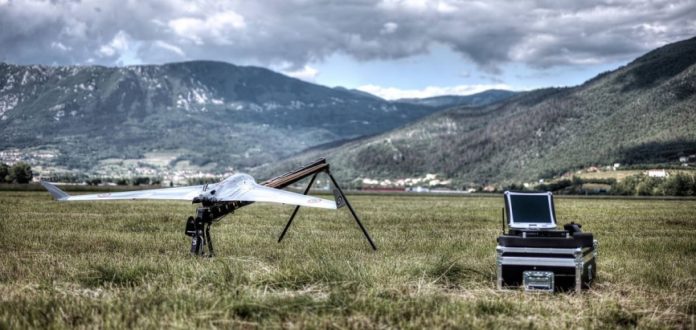Why Green Power Installations Should Consider Aerial Inspections
Guest post by Dustin Price
The green power industry is being modernized in many ways. One such way is through the increased use of aerial inspections. Aerial inspections can be used at the very start of a green power project, as well as during the later maintenance stages. Through aerial surveys, the green power industry can improve its yields and its safety.
Here are a few of the major advantages to using aerial inspections for solar, wind, hydropower, and other green developments.
Complete your surveys and inspections faster
Every project begins with initial surveys. Man-made and natural obstructions need to be identified, and terrain has to be mapped to plan for the project. In the past, these surveys have been done by manned crews — either walking along the length of the survey (slow) or flying in a plane (expensive and potentially dangerous – even with modern safety standards, there’s always a risk when you send a crew into the sky). Today, aerial surveys can be conducted through plane, helicopter, or unmanned aerial vehicle (UAV), offering a number of options depending on the project’s needs.
When conducted through drones, aerial surveys are safe, fast, and accurate. Drones can fly close to the ground, don’t need to be manned, and can cover large distances quickly. The faster the inspections and surveys are completed, the faster the project can begin. The more accurate the surveys are, the less likely it is that the project will need to undergo significant reworks later.
Improve the efficiency of your project through simulations
Whether you’re installing wind power, solar power, or another type of energy generator, the amount of energy you produce is going to be based on how your installation works with the environment. For wind power, you need to be able to determine the impact of your surroundings on the wind energy generated. For solar power, you need to be able to calculate the angle of the sun not just throughout the day, but throughout the year.
Aerial inspections lead to highly detailed 3D scans of the terrain and the surrounding environment, which can in turn be used for advanced simulations. Through these simulation techniques, you will be able to figure out the best way to position energy generators, for the greatest capture of energy throughout the year and under different types of weather.
The more efficient a green power installation can be, the more advantageous the technology will be over traditional methods such as fossil fuels. As the green power industry improves upon its energy production, it becomes an easier sell to others who want to get involved. Thus, these simulations are better for the green power industry as a whole, and are an excellent way to prove the value of the industry.
Identify issues before they become more significant
By inspecting your equipment regularly, you can reduce the chances that there might be dangerous or disruptive issues. All types of equipment will eventually break down and degrade. Without aerial inspections, it’s necessary to send someone to manually inspect the generators. Large structures like wind turbines or dams may even need to be climbed.
Manual inspections aren’t just potentially dangerous, but also time-consuming. With aerial inspection, inspections can be done more frequently because they are easier and faster. They also won’t carry with them the risk of potentially injuring an inspector on-site. More regular inspections lead to fewer accidents and incidents overall.
Equipment for green power installations is expensive. Whether they’re wind turbines or giant solar farms, a damage to your equipment is costly. Preventing this damage doesn’t just improve the bottom line of the company, but also its overall carbon footprint. Having to engage in significant repairs and replacements of equipment will only increase the environmental impact of the facility.
Use the IoT to tag equipment for repair and maintenance
Today, the IoT can be used to appropriately tag equipment that has to be checked by personnel. Drones can connect to sensors on equipment to detect whether there are noticeable issues. A wind turbine that is out of balance, for instance, can report that it is out of balance even by a little, and then drones can be used to see whether there’s a visible issue such as a damaged blade.
By tagging equipment as needed, the company can then dispatch engineers directly to the equipment that needs to be repaired. This streamlines the repair process and makes repairs themselves faster and easier. If not regularly maintained and repaired, some types of equipment can become very dangerous. IoT allows for complete reporting, which can be used in association with aerial inspections to get a better picture of the overall project.
Ultimately, aerial inspections improve the process of collecting initial surveys and planning a green power installation, in addition to making it easier to maintain and repair a green power installation. By leveraging aerial inspections, you will be able to increase the efficiency of your power project, while also reducing the potential for safety issues and delays.

Guest post by Dustin Price, a licensed land surveyor and the Operations Manager at Landpoint. He leads the company’s technical approach to delivering professional surveying services by providing tailored solutions using UAV technology.



